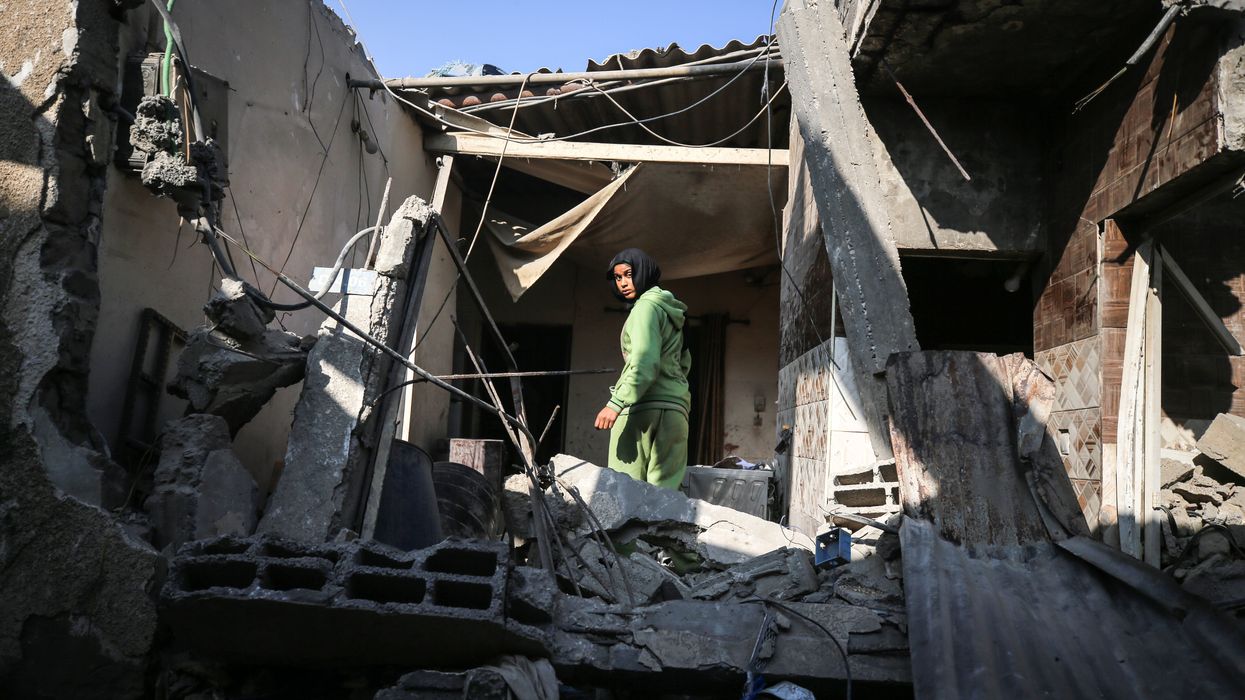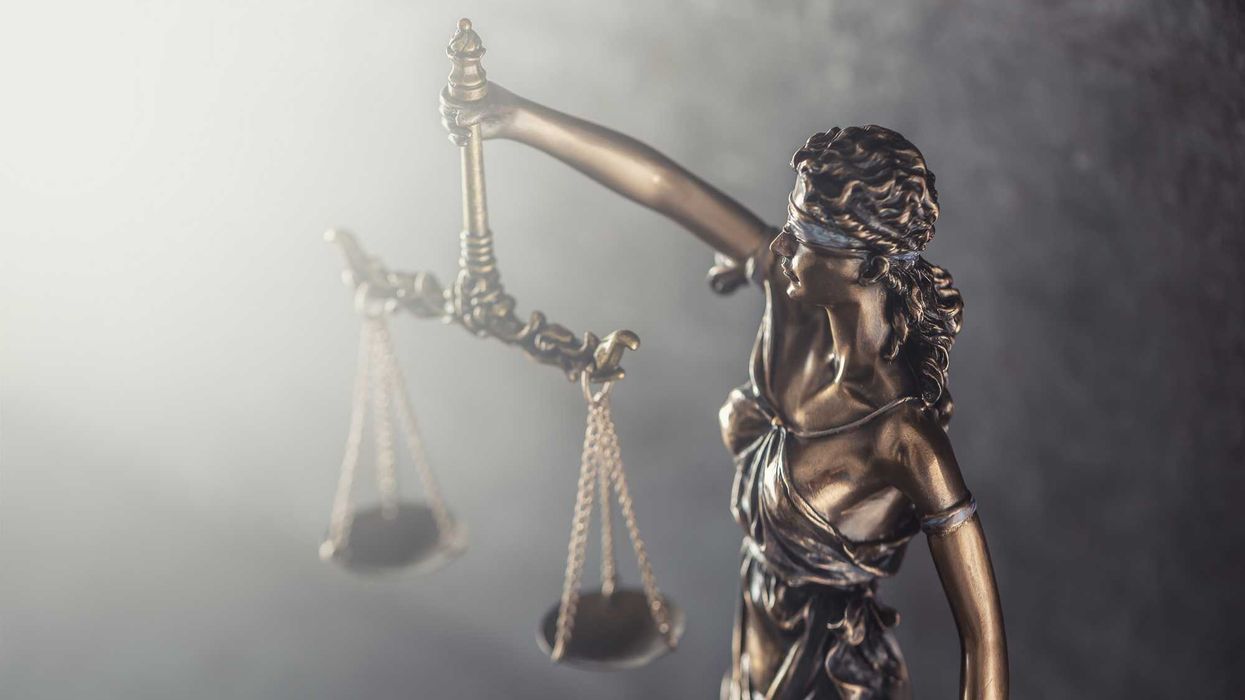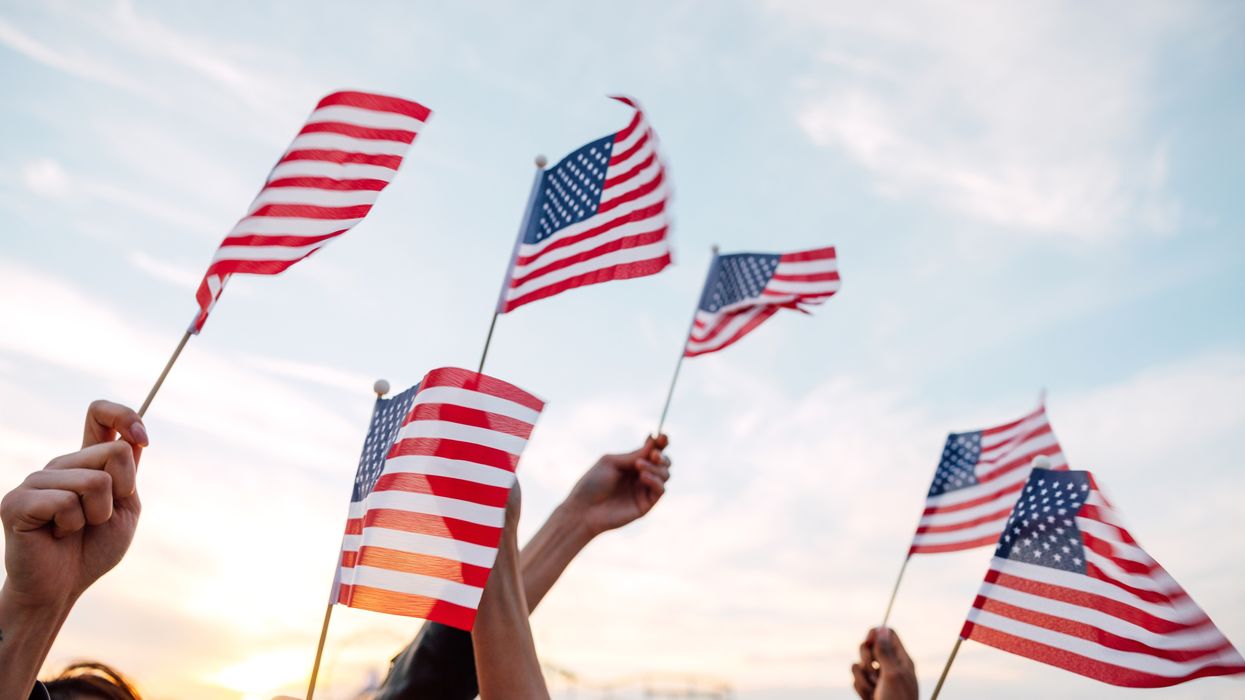In this episode of the Politics in Question podcast, the team discusses David Shor's recent controversy-provoking advice for Democrats ahead of the 2022 midterm elections.
Podcast: What issues should Democrats emphasize ahead of the 2022 midterm elections?
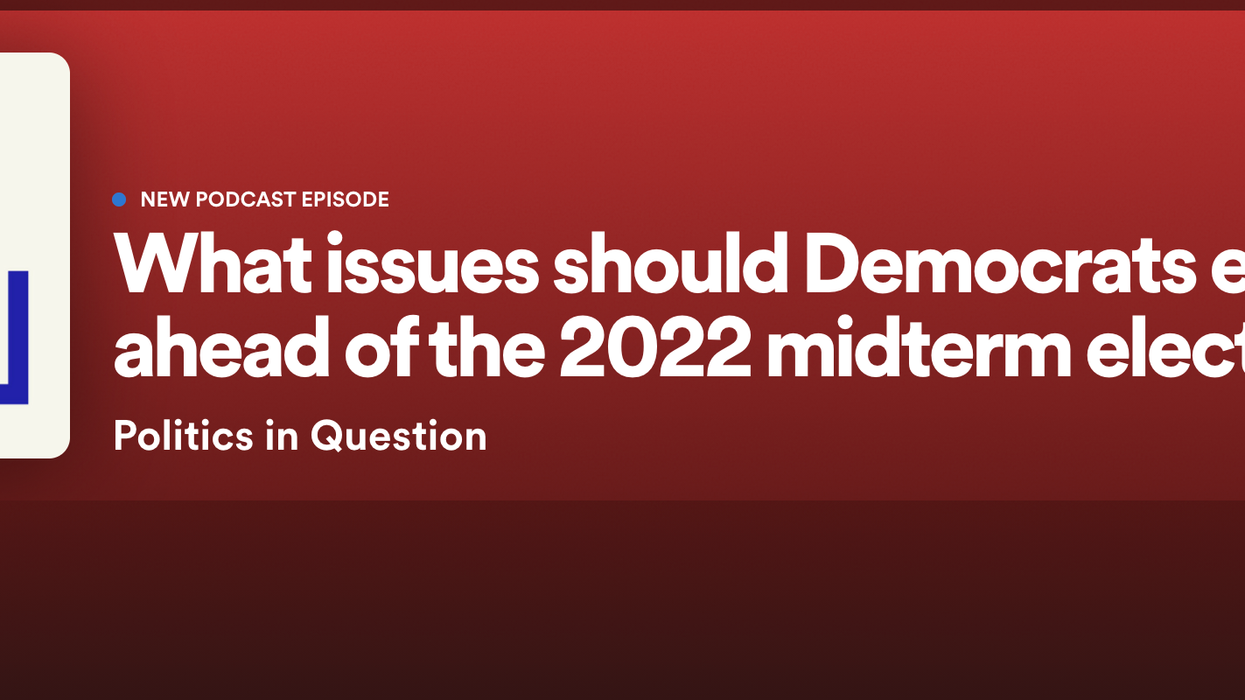






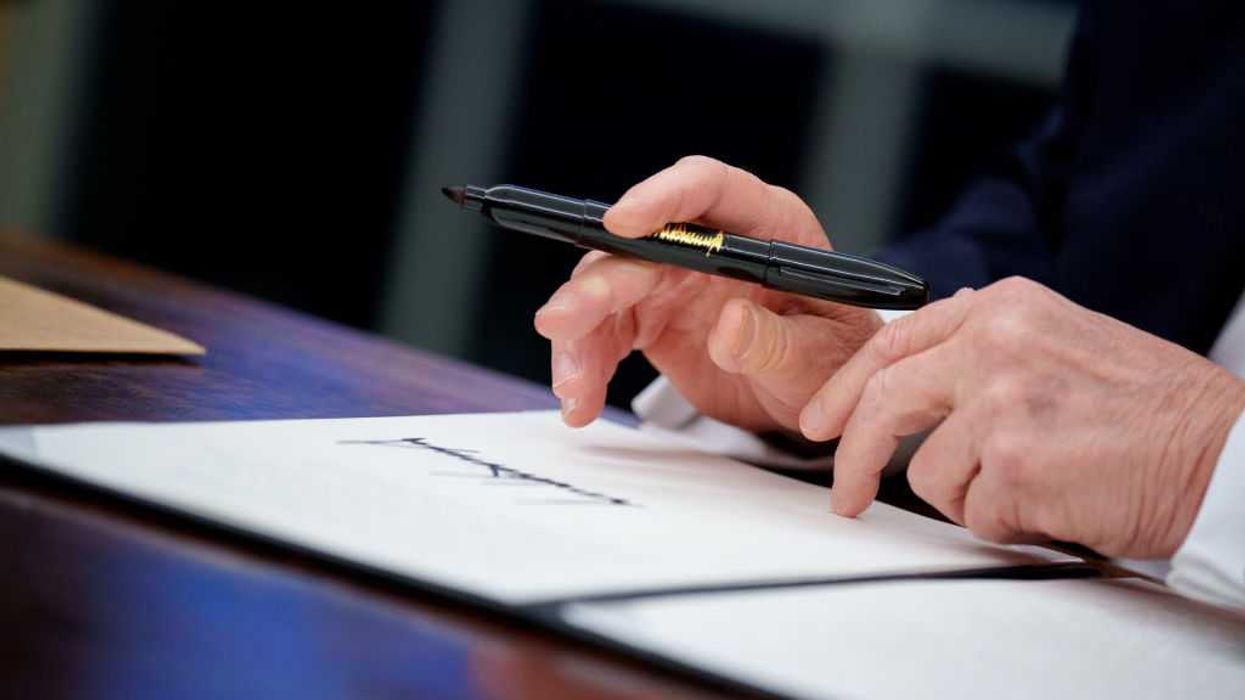



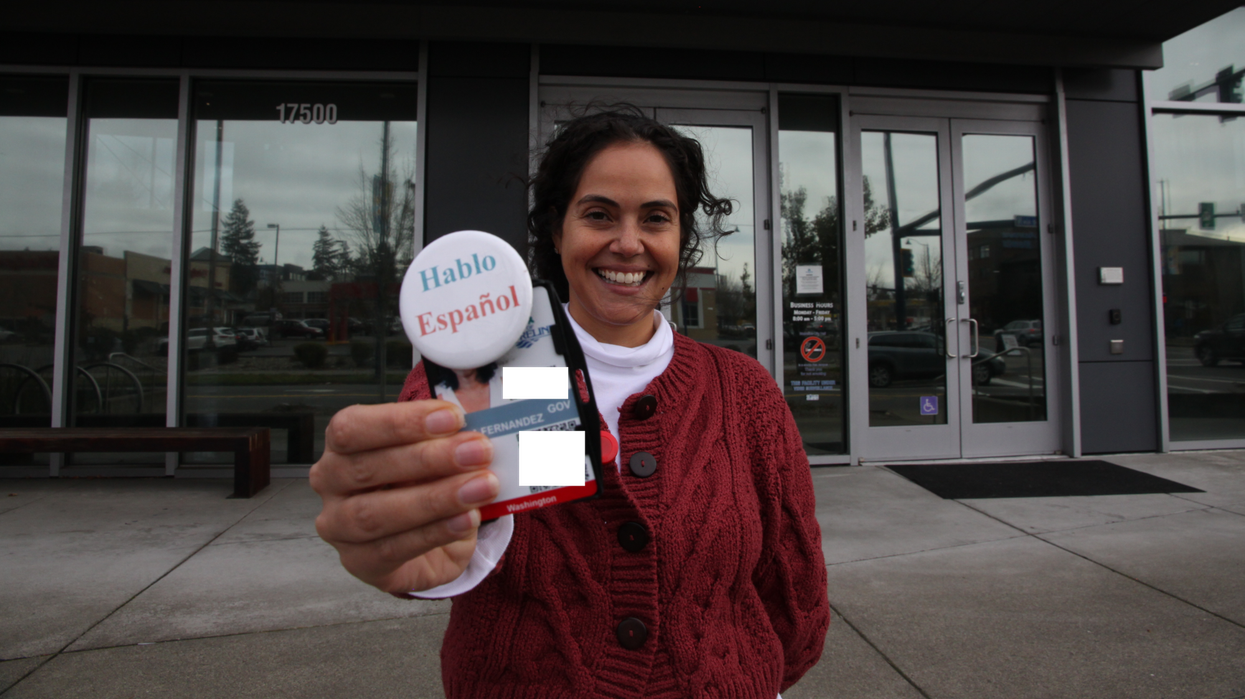
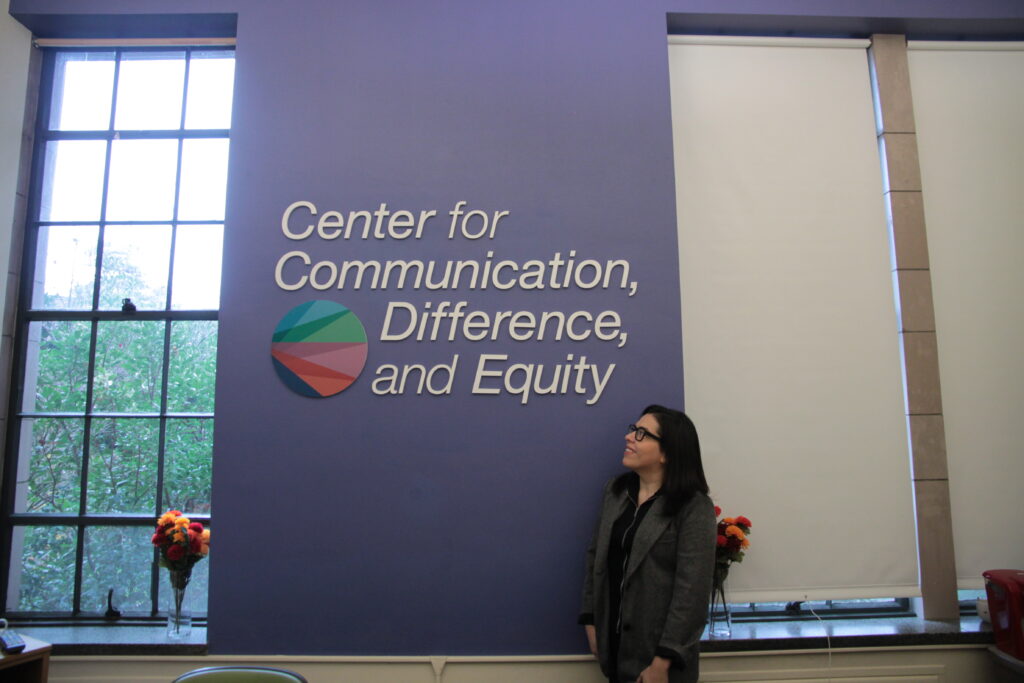 Dr. Carmen Gonzalez is the director of UW’s CCDE and an associate professor in the department of communication. Photo by Corey Olson.
Dr. Carmen Gonzalez is the director of UW’s CCDE and an associate professor in the department of communication. Photo by Corey Olson.





